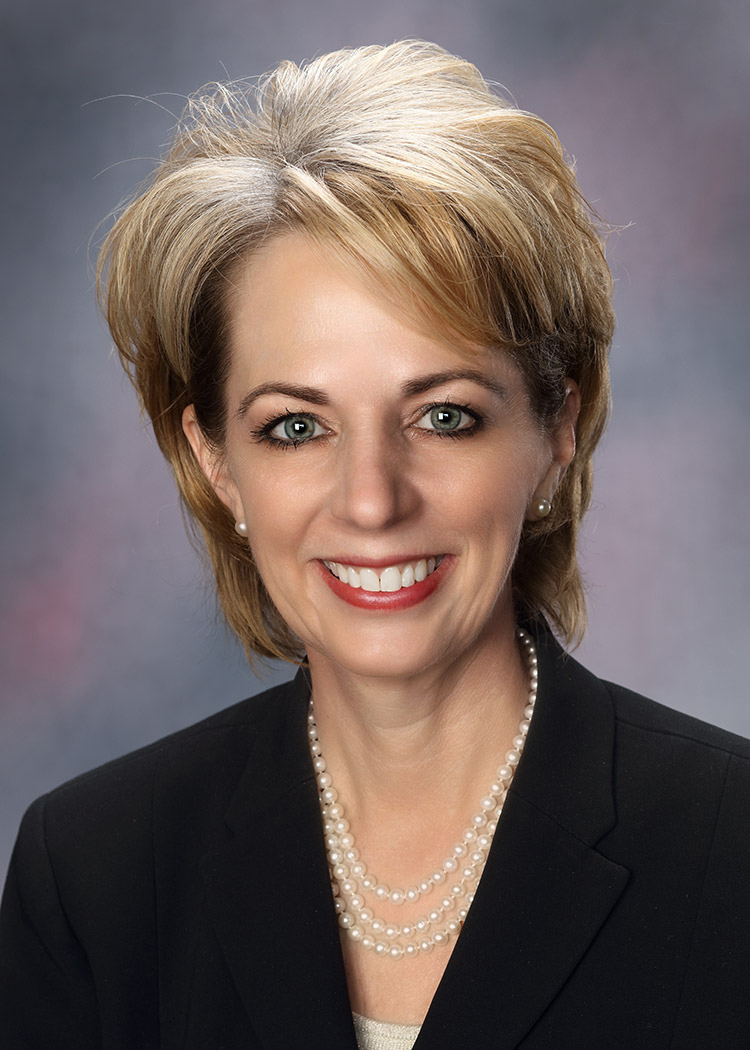I have been thinking a lot about our faculty as we celebrate promotion, tenure and our annual awards for teaching, service, and scholarly and creative activity – key responsibilities for a university professor. As we approach spring, I receive peer reviewed faculty files with recommendations for promotion and tenure.
Each of those three areas involve an incredible amount of work. Teaching alone takes enormous amounts of time. In addition to all the traditional work – creating lectures and tests, reading and grading papers and old-school things like that – there is finding and developing opportunities for service learning projects, creating, managing and monitoring online courses, finding and learning how to use constantly evolving software tools, integrating video into lesson plans and the Cloud into course management, and a whole host of other digital developments.
Scholarly activity is hours and hours of research and then more research, and then synthesizing it all, writing up findings and conclusions, often writing a lot of it over again, and then getting it published. Acts of literary or artistic creation involve the same kind of amazing dedication, purpose and resolve.
The service component encompasses all the things faculty do to serve the campus and the community outside the classroom: volunteering for community and campus activities; serving as officers in professional associations; taking on roles for hiring committees, policy committees, emergency planning task forces, academic boards and so many other similar tasks.
Our faculty do all of these things day after day, and the promotion and tenure files document all of them. It is truly remarkable. I am in awe at the resolve and stamina represented in all those impressive files.
An exchange I had with one of our English faculty, Cathy Adams, on the challenges of publishing is a perfect illustration of how important it is to remain positive and persistent. She wrote in part:
“The writer’s life is one of rejection like no other. On average, I’m lucky to get five short stories published each year. This is out of a pool of about 20 stories that I circulate to publishers. At any given time my short stories are sitting on the desks of publishers all over the globe. … This calculates to something like 400 rejections and five acceptances each year. It’s actually a little worse than that because out of that 400, some never bother to reject my story at all. They simply never respond.
“Imagine that for every 405 men or women you asked out on a date, 400 rejected you. And what about the ones who never respond but simply ignore you altogether? How long would you bother to stay in the dating game if those were your odds? Apply this level of rejection to a job search, or to the submission of an academic paper to a conference, or a proposal for a project. Being rejected 400 times would eventually numb a person to ever trying again.
“The irony of my writing statistics is that my acceptances are actually high in relation to the quality and quantity of publishers to which I submit my stories. For me, getting five short stories published in a year is a great achievement. …
“I admit that some days I get tired and I ask myself why I keep trying. It would be so easy to just stop at rejection 200 or 300, but I’ve been writing for 25 years and one of the things I’ve learned is that persistence is at least as important as talent. I’ve met a lot of creative and smart people who say they are “thinking of writing a story,” but they never get around to doing it. Twenty-five years ago I was one of those people, but my life was changed by a writer named Judith Ortiz Cofer. …
“One day I was invited to a luncheon to celebrate a student who had won a writing competition, and Cofer was the guest speaker. I was fortunate to be seated next to her, and I made the mistake of saying, ‘I’d love to write a book one day, but I’m just too busy.’ Cofer put down her fork, looked me directly in the eye and said, ‘Well, when you want to write a book, you will.’ I felt as if I’d been slapped. How dare she say that to me? She had no idea how busy I was. I had diapers to change, laundry to do, and meals to cook, all on top of a full-time job. My mind reeled at the insult. But as the days passed I couldn’t forget what she’d said. ‘When you want to write it, you will.’ I knew what she meant. We find the time to do what we want to do and everything else just slides by. Soon I was getting up at 5:00 AM and writing until my son woke up. On the weekends I would often write half the night. Within a year, I finished that book I was too busy to write, and I’ve never stopped.”
So as we celebrate our faculty at the end of this academic year, I marvel as they meet the challenge of attaining excellence in teaching; as they juggle busy schedules to be engaged members of our community and campus in a myriad of roles; and as they persist and thrive in their creativity and scholarship.
I am so very impressed by and grateful for the wonderful level of their achievements. What an honor it is for me to recognize our faculty every year for their many successes.
Tisa Mason is president of Fort Hays State University.

